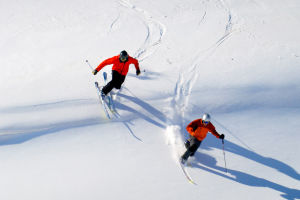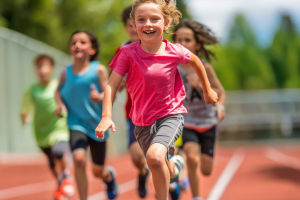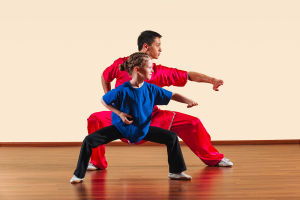Racquet sports like tennis, badminton, squash, and table tennis are more than just games of power and speed. They demand precision, timing, and an uncanny ability to connect movement and perception.
Unlike running or weightlifting, where physical output is the focus, racquet sports require players to constantly process visual input and respond with swift, deliberate hand motions.
This is where hand-eye coordination comes into play — a crucial skill that often determines the outcome of matches.
Understanding Hand-Eye Coordination
Hand-eye coordination refers to how efficiently your eyes and hands work together. When a player watches the ball approach, their eyes estimate its speed, spin, and trajectory. Within milliseconds, the brain processes this information and sends signals to the hands and arms to respond — whether it's a soft drop shot or a powerful return. Without smooth communication between vision and movement, players are likely to misjudge timing, mis-hit the ball, or freeze in crucial moments.
Why Timing Is Everything
In racquet sports, the ball or shuttlecock can travel at high speeds, leaving little time for decision-making. For example, professional badminton smashes can exceed 300 km/h. At such speeds, reflexes alone are not enough; players must anticipate. Good hand-eye coordination allows players to react not just quickly, but accurately — positioning the racquet at the right angle and moment. Timing is essential for both offense and defense.
Examples Across Different Sports
Each racquet sport presents unique coordination challenges:
• Tennis: Players must read bounce and spin on various surfaces like clay or grass.
• Table Tennis: Requires even quicker reactions due to the shorter distance between opponents.
• Squash: The ball rebounds off walls at unpredictable angles.
• Badminton: Demands aerial tracking and fast wrist movements.
Despite these differences, all players rely heavily on the same fundamental skill: synchronizing what they see with how they move.
Training Techniques to Improve
Hand-eye coordination is not purely natural talent — it can be developed. Coaches often use tools like:
• Reaction balls: Irregular bounces train unpredictability response.
• Ball toss drills: Improve tracking and catching accuracy.
• Mirror drills: Help players mimic movements while watching themselves.
Even simple activities like juggling or video games can enhance neural connectivity between the eyes and hands. For younger athletes, developing coordination early can give them a significant advantage as they progress.
The Role of Focus and Mental Clarity
Coordination isn't only physical — mental sharpness matters too. Distraction, fatigue, or stress can impair timing and perception. That's why professional players often engage in visualization exercises, mindfulness, or breathing techniques to maintain composure and clarity during matches. The clearer the mind, the more seamless the coordination.
Technology's Role in Enhancing Coordination
Today, wearable sensors and motion-tracking apps are helping athletes fine-tune their performance. Eye-tracking software measures how efficiently players follow the ball. Smart racquets provide data on swing path and timing. These insights help identify weak points in coordination and guide targeted practice.
Age, Coordination, and Adaptation
Hand-eye coordination peaks in early adulthood but can be preserved through regular practice. Senior players may slow down slightly, but they can compensate with better anticipation and technique. In fact, many elite older players maintain high levels of coordination because of years of accumulated experience.
Why It Matters for Everyone
Even casual players benefit from improving coordination. It boosts not just on-court performance but also everyday functions — like driving, cooking, or even typing. Plus, working on hand-eye skills helps improve cognitive flexibility and reduces injury risk by improving control and balance.
Expert Insight
According to Dr. Mark A. Williams, a cognitive neuroscientist who researches visual perception and motor function, training hand‑eye coordination is known to benefit both athletic performance and cognitive flexibility
Start Where You Are
Whether you're a beginner picking up a racquet for the first time or an advanced player looking to refine your skills, focusing on hand-eye coordination will yield noticeable results. Practice doesn't have to be complex — even 10 minutes a day of targeted drills can make a difference over time.
Ready to Level Up?
If you've ever missed a shot and thought, "I saw it coming but couldn't react in time," then improving your coordination might be your next breakthrough. Start small, be consistent, and enjoy watching your control, timing, and confidence grow. Have you tried any unique drills or tricks that helped your coordination on the court? Share your experience — your next tip might help another player shine!


